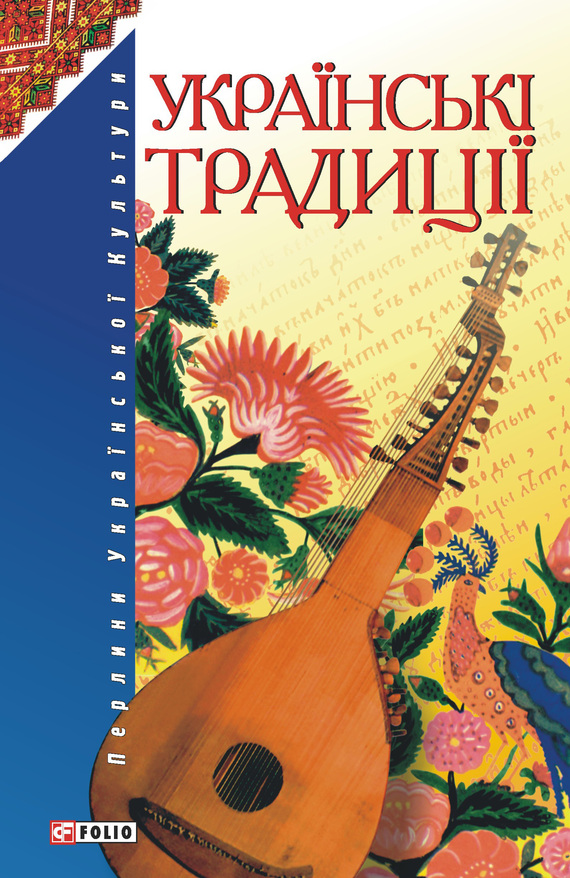Читати книгу - "Genghis Khan and the Making of the Modern World"
Шрифт:
Інтервал:
Добавити в закладку:
The entire Mongol tribe became integrated by means of the army. Under this new system, all members of the tribe—regardless of age or gender—had to perform a certain amount of public service. If they could not serve in the military, they were obliged to give the equivalent of one day of work per week for public projects and service to the khan. This included caring for the warriors’ herds, gathering dung for fuel, cooking, making felt, repairing weapons, or even singing and entertaining the troops. In the new organization, all people belonged to the same bone. Temujin the boy, who had faced repeated rejections ascribed to his lower-status birth, had now abolished the distinction between black bone and white bone. All of his followers were now one united people.
Historical speculation abounds as to how Temujin adopted the decimal organization of his people. Some of the earlier Turkic tribes used a similar military organization based on units of ten, and Temujin may well have borrowed it from them. Temujin, however, not only utilized the system as a military tactic for war, but he also employed it as the permanent structure for the whole society.
Temujin’s solution was quite similar to that of the Athenian lawgiver Cleisthenes nearly two thousand years earlier, though there is no reason to believe that Temujin had ever heard of this piece of history. In order to cut through traditional rivalries and feuds in Athens, Cleisthenes abolished the tribes and reassigned everyone to ten units of ten, thereby transforming a tribal city into a city-state that grew into the strongest military, commercial, artistic, and intellectual power along the eastern shore of the Mediterranean Sea. Virtually the same reform would produce even more astonishing results for the Mongols on the steppes of Inner Asia.
After reorganizing his army, Temujin instituted one further, seemingly small, reform. While keeping his main camp at Avarga on the Kherlen River, he decided to create a closed territory as the homeland of the Mongol tribe at the headwaters of the Onon, Kherlen, and Tuul Rivers around the holy mountain Burkhan Khaldun, where he found refuge from the Merkid. “Let no one set up camp at the source of the Three Rivers,” he commanded. With that order, the Mongol homeland was closed to all outsiders except for the Mongol royal family, who buried their dead there for the next two centuries and who returned there for familial ceremonies and closed family meetings without outsiders. The Mongols had always considered the mountains where the three rivers originated as their homeland, but with this new law, it became the secret ritual center of what would eventually be the Mongol Empire. The land around Burkhan Khaldun now became officially sacred in the Mongol cosmography, occupying not only the center of the earth, but the center of the universe.
Instead of using a single ethnic or tribal name, Temujin increasingly referred to his followers as the People of the Felt Walls, in reference to the material from which they made their gers. The adoption of this term after the defeat of the Tatars offers, perhaps, the first indication that he had an ambition to unite all the people on the steppe.
With the defeat and incorporation of the mighty Tatars, as well as the lesser groups of Tayichiud and Jurkin, Temujin gained significant prestige in the world of the steppes, a degree of power unanticipated by Ong Khan, his longtime overlord. Even as Temujin consolidated his rule over his greatly enlarged following, he would confront yet another great challenge that would put his new system to a decisive test. His next move would drive his lifelong rival Jamuka into an alliance with his ritual father Ong Khan to combat Temujin’s growing might and popularity.
3
War of the Khans
All the tribes were of one color and
obedient to his command.
A
TA-
M
ALIK
J
UVAINI,
Genghis Khan: The History of the
World Conqueror
EVERYONE REALIZED THAT ONG Khan was nearing the end of his career, but no one knew who would take over for him. After more than twenty years of struggle, Temujin controlled most of the Mongols, but he had not yet conquered his rival Jamuka. Ong Khan, while generally siding with Temujin, had continued to play the two subordinate khans off against one another. In 1203, the Year of the Pig and one year after the Tatar victory, Temujin decided to bring the issue out into the open and resolve it by requesting a marriage between Ong Khan’s daughter and Temujin’s eldest son, Jochi. If Ong Khan accepted the proposed marriage, it would be acknowledgment of Temujin as the favorite over Jamuka.
With urging from Senggum, his biological son, who had little talent and no following of his own, Ong Khan haughtily refused the marriage. Even if Temujin fancied his followers as the People of the Felt Walls and refused to
Увага!
Сайт зберігає кукі вашого браузера. Ви зможете в будь-який момент зробити закладку та продовжити читання книги «Genghis Khan and the Making of the Modern World», після закриття браузера.




